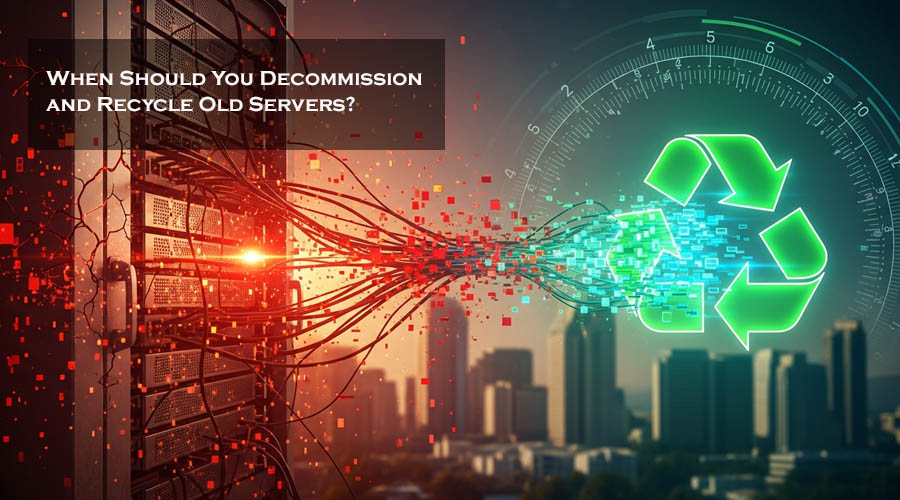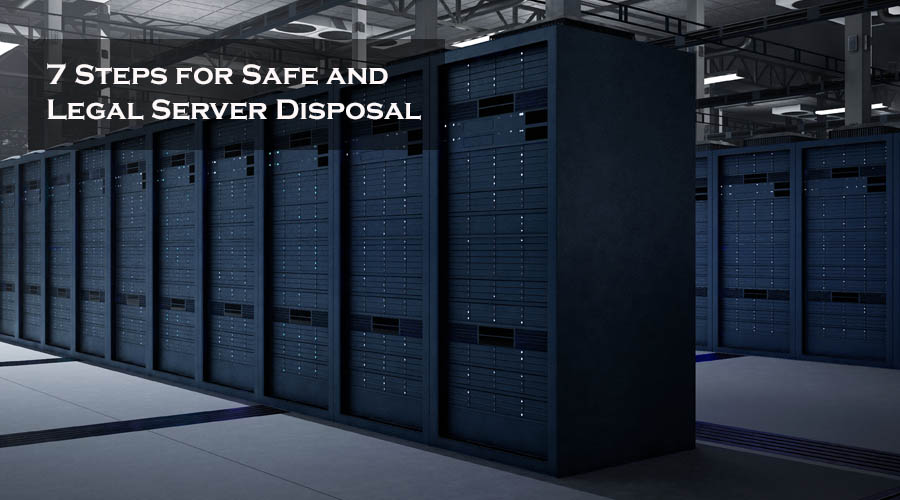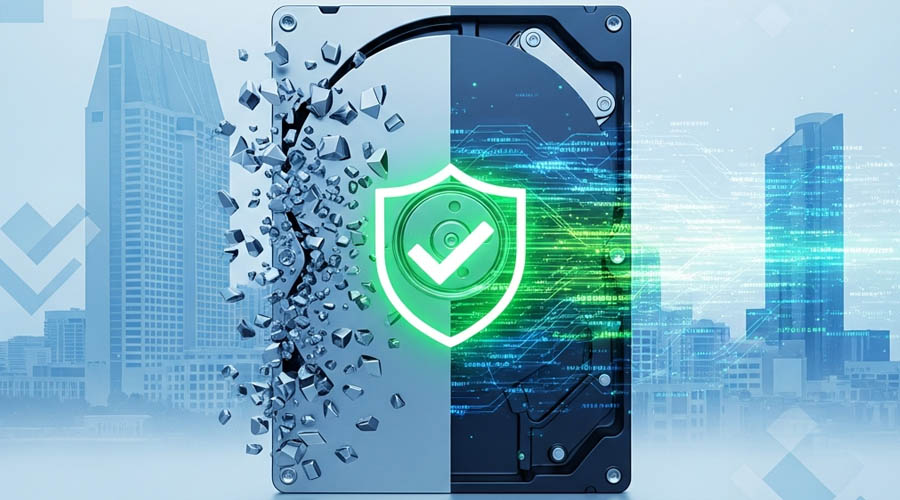Introduction: Risk vs. Reward in Your IT Refresh Cycle
For businesses operating in San Diego, determining the optimal time to decommission and recycle old servers is a critical strategic decision. While the common server upgrade cycle is often pegged at 3–5 years, the actual moment to retire your machines should be based on a clear analysis of risk and mounting operational costs. Continuing to use end-of-life IT assets introduces significant vulnerabilities—from unexpected downtime to major data security issues—that easily outweigh the cost of replacement.
1. The Four Critical Signs It’s Time for Server Retirement
Ignoring the signs that a server needs replacing often leads to much higher expenses than planned. Watch for these four indicators that necessitate adding a machine to your San Diego server retirement checklist:
- The Warranty Has Expired (Critical Risk): The moment your server becomes an IT asset end-of-life item and goes server off warranty, repair costs skyrocket. A simple part replacement can take weeks, leading to unacceptable downtime and massive losses.
- Performance Bottlenecks: If your server no longer handles modern loads, requires frequent reboots, or fails to support the latest software, its practical lifespan is over.
- Mounting Security Exposure: Older operating systems and hardware stop receiving essential security patches, dramatically increasing the data security issues associated with old servers. This vulnerability is especially risky under stringent California laws like CCPA.
- The Rising Utility Bill: Older servers consume significantly more power than modern, energy-efficient models. Analyzing your utility costs may reveal that the cost to maintain old server vs replace is no longer financially viable due to high power consumption.
2. The Financial Imperative: Total Cost of Ownership (TCO) Analysis
When deciding to upgrade, focus not on the purchase price of a new server, but on the Total Cost of Ownership (TCO) server currently in your rack.
This TCO includes: energy usage, increased cooling demands in hot climates like Southern California, expensive maintenance contracts, and the cost of unexpected downtime. Once the cost to maintain old server vs replace reaches parity, the financial decision is clear: it’s time to retire the asset. A comprehensive IT asset end-of-life decision relies on this careful financial review.
If your TCO analysis has shown it’s time to retire your machines, the next step is secure disposal. Don’t let your obsolete equipment pose legal or security threats. We provide comprehensive, certified services for Certified Server Recycling in San Diego to help you move past your retirement checklist safely and legally.
3. Best Practices for Your Server Upgrade Cycle
A responsible server upgrade cycle best practices plan not only dictates when to buy new hardware but, crucially, how to handle the old. Your San Diego server retirement checklist should include steps for guaranteed data destruction and the legal disposal of e-waste, ensuring compliance with both local and state regulations. Failure to properly dispose of servers can still result in fines, even if the data is wiped.
Conclusion
Knowing when to decommission servers San Diego is about balancing efficiency, finance, and legal compliance. By listening to the signs—from rising TCO to expired warranties—you protect your business from costly downtime and critical data risks.
Frequently Asked Questions (FAQ)
❓ What is the most common lifespan for a business server?
The standard server upgrade cycle is typically 3 to 5 years. After 5 years, most manufacturers no longer offer comprehensive support, and the risk of catastrophic failure increases significantly.
❓ Is it enough to simply wipe the data before recycling?
No. A simple wipe or format is insufficient. You must ensure the hard drives are either securely shredded or wiped using certified, verifiable methods (like NIST standards) to fully mitigate data security issues old servers can cause and ensure CCPA compliance.
❓ Should I just store the old servers instead of recycling them?
Storing old servers is a financial and security burden. They still represent a liability for data breaches and tie up valuable storage space. Once your IT asset end-of-life decision is made, certified recycling is the safest and most legally compliant path.




